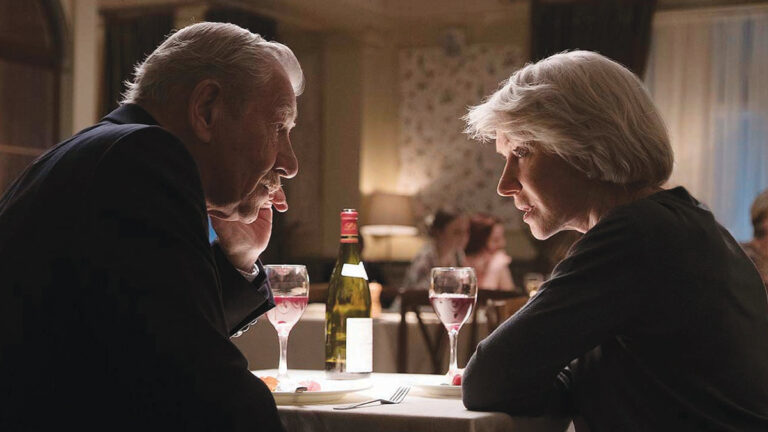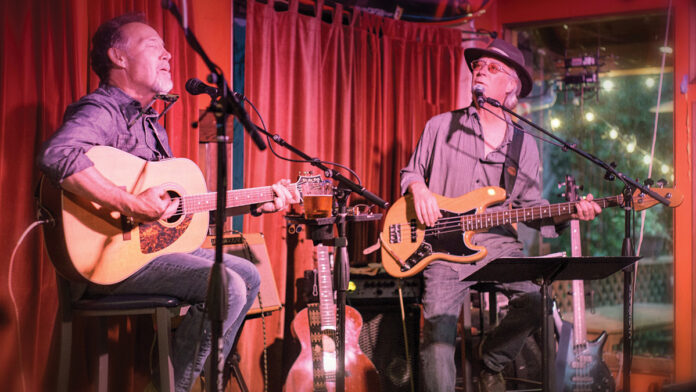Esoteric astrology as news for the week of Nov. 27, 2019
With Thanksgiving on Thursday, we begin our annual days of gratitude and giving. Thanksgiving this year has a tone of practicality (Capricorn moon), with a bit of the unexpected (Venus trine Uranus). The week (Wednesday) begins with Neptune turning stationary direct. A sense of spirituality permeates the air, a sense of refinement and beauty. Neptune sensitizes us, offering dreams, imagination, artistry, sympathy, compassion, and visions of new possibilities—good virtues to offer family and friends this season.
Thanksgiving celebrations always occur under the happy (Jupiter) signature of Sagittarius, the sign of deep appreciation for good food. Many Sags are secret foodies. Food is one of our most important currencies, becoming more so in the upcoming year.
Sunday, Dec. 1, is the first day of Advent–four weeks of preparation for the birth of the new light, Winter Solstice. (This year, the solstice begins the Festival of the New Group of World Servers.) Everywhere on Sunday evening, people light the first Advent wreath candle, signifying light kindled in the darkness of (and of this Kali Yuga time).
Turning to everyone, my readers, I wish everyone a happy Thanksgiving filled with intelligence, joy, goodwill, and loving kindness. Let us be grateful for life, and for each other.
ARIES: There’s so much to be thankful for as an Aries. A brilliant mind that can go here, there and everywhere, filled with goals, plans, ideas, desires, and aspirations. You hear a call to travel, to wander and to be in places far away; the exotic seeking to replace the day by day. But then you feel the pull of responsibilities. Fret not. Something will come and take you away. It’s intelligent, loving and carries you into the future.
TAURUS: You continue to work day and night preparing for the future. Some Taurus’ are focused on the well-being of their community, not wanting to have a future lacking basic needs and comfort. You are sensitive to all the needs of others (physical, emotional, mental, spiritual). Resources are needed to fulfill hopes, wishes and dreams. Know the cosmic law that when we serve humanity the resources to continue that serving appears unexpectedly. Gratitude is the key.
GEMINI: Are you wishing for a change in lifestyle, a change of heart? Are you and a partner, colleague, friend or close associate discussing travel, goals, physical, spiritual, or philosophical needs? Are there disagreements? Know that flurries of conflict are useful and purposeful. Tension creates attention and new understanding. Relationship conflicts and clashes sharpen the mind. Keep discussing. It lays the groundwork for later gratitude.
CANCER: Cancer’s moods change and fluctuate, following the phases of the moon. Soon you’ll swing into action tending to this and that, here and there. However much you want to complete things, you may become overworked and overtired. Should pain or inflammation flare-up, remember turmeric (in caps) and cayenne (sprinkled over food) are naturally anti-inflammatory. Begin new rhythms now that Mercury is direct. You’re grateful that you can.
LEO: The sun, moon, Jupiter, and Venus have shifted into your house of creativity (5th house), fun, entertainment, pleasure, amusement, games, and children. So now you must learn how to live and redesign your daily life with a few more of these qualities that bring you ease, a bit of indulgence, leisure and recreation. It is good to take up an art form, perhaps painting or photography. All of these create a sense of balance and equilibrium. You need a party.
VIRGO: A new level of creativity is emerging, and it surprises you. While family and friends gather together, you’re considering plans, goals and philosophical ideas. When attempting to communicate ideas, you notice some understand you and others don’t. That’s OK. Focus less on others understanding you and more on gratitude, seeking to bring love and harmony (through intentions for goodwill) to all interactions. Wounds then heal. And people listen.
LIBRA: Whenever communicating in coming weeks, notice that many will be listening, seeking to learn philosophical and spiritual truths. You are the steward of this opportunity, and it’s your responsibility at this time. Your words are to bring in new information about the present/future, create a structure of hope and aspiration, and offer pathways of harmony for those seeking guidance and direction. You always do your best. You hold the Temperance Tarot card for many.
SCORPIO: Mercury in Scorpio sends profound messages into your mind, taking you into other dimensions of reality. Mercury is your special messenger, always shielding and protecting you. Tend to any financial issues, then assess once again what your values are and how (and if) you value yourself and your gifts enough. Have your values changed recently? Remember the Scorpio keynote: “Warrior am I and from the battle I emerge triumphant.” This is your banner.
SAGITTARIUS: It’s a very good time for Sags. Actually, because of Jupiter, it’s always a very good time, though if you’re on the path it may feel rocky and tumultuous at times. But behind all the shifts, changes, curves, and precipices, challenges and obligations, toward the mountain of Initiation you walk, and always there is a sense of joy. Joy is from the soul, happiness from the personality. Understand the differences, recognizing when they occur. One sings, the other is … well, learning.
CAPRICORN: Have the weeks been rather frantic, filled with confusion and harsh sounds? How is your health and your hearing? The coming weeks are slower, calmer, offering more repose. Choose comfort, solitude and self-care. Pluto (transformation), Saturn (discipline) and the South Node (the past) continue in Capricorn. They have profound effects on our lives. When in any sort of doubt, call in the Angel of the Presence. Then, harmony appears from within.
AQUARIUS: The planetary energies are gathered in your sphere of friends, future, hopes, wishes, and everything you’ve ever wanted to be and do. So, who are your friends, how do you see your future, what do you hope and wish for, and what are your visions and dreams? What do you need? Needs are important. Wants are secondary. But more importantly, what are you thankful and grateful for? Then the key turns and the door opens.
PISCES: Neptune in Pisces has turned direct. A refinement occurs, a call to more spiritual work, inspiration, intuition, dreams, and visions. You’ll be summoned out from under the water lilies, so you can allow yourself to be seen and heard to those asking for your gifts. Know that confidence grows with each new endeavor. Use your focused will(ingness), love and intelligence. Ask for help when needed. You are well prepared. Your dreams come true.


























